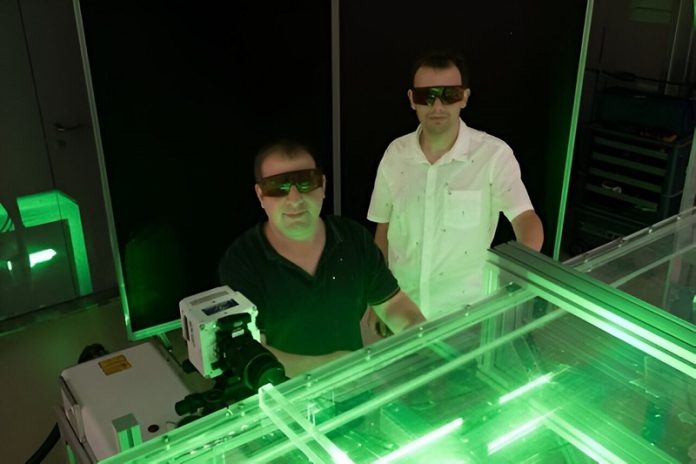
Microplastics are a growing environmental concern, as these tiny particles end up in rivers and oceans, accumulate in living organisms, and disrupt entire ecosystems.
One of the biggest challenges in understanding microplastics is predicting how they move in water, especially when it comes to thin fibers, which make up more than half of the microplastic pollution in marine life.
These fibers behave unpredictably in turbulent water, making it difficult for scientists to predict their movements.
However, researchers at TU Wien (Vienna) have made a breakthrough in studying these tiny fibers.
By using high-speed cameras, they have been able to capture and analyze the behavior of microplastic fibers in a controlled water channel.
This research is a significant step forward in understanding how microplastics spread and could help develop new models to predict their movement in oceans and rivers around the world.
The results of this study have been published in the journal Physical Review Letters.
The movement of microplastic particles in water is influenced by their shape and how they rotate. According to Vlad Giurgiu, the lead author of the study and a doctoral student at TU Wien, it’s relatively easy to analyze the movement of spherical particles.
But most microplastics are not spherical; they are long, thin, and often curved fibers. These complex shapes make it much harder to predict how they will move, especially in turbulent water.
In a perfectly calm and uniform flow, scientists can theoretically predict the behavior of simple objects like spheres. But in real-world situations, water flows are rarely calm, and particles are rarely simple.
Turbulence and the complex shapes of microplastics make it nearly impossible to predict their movement using only theoretical models.
To overcome this challenge, the researchers conducted experiments in a special water channel at the Arsenal Science Center in Vienna. This channel allows for controlled water flows over a distance of 8.5 meters.
The team introduced small, curved microplastic fibers, each about 1.2 millimeters long, into the turbulent water and used six high-speed cameras to capture their movements.
These cameras, placed just above the water’s surface, took 2,000 high-resolution images per second, allowing the researchers to track the exact position and orientation of each microplastic particle in three dimensions.
Using six cameras instead of the minimum of two allowed the team to gather more reliable and accurate data, especially when there were many particles in the water.
This data provided new insights into how microplastic fibers behave, such as their tendency to move differently near the walls of the channel compared to the middle of the water flow.
This research is the first to provide reliable data that can be used to improve theoretical models of microplastic behavior.
In the future, this data could help predict how microplastic fibers spread in large bodies of water, which is crucial for developing effective strategies to clean up our oceans.
For instance, if we understand how these particles move, we can better plan where to send ships designed to filter microplastics from seawater, making the cleanup efforts more efficient.
This breakthrough brings us one step closer to tackling the global problem of microplastic pollution.



